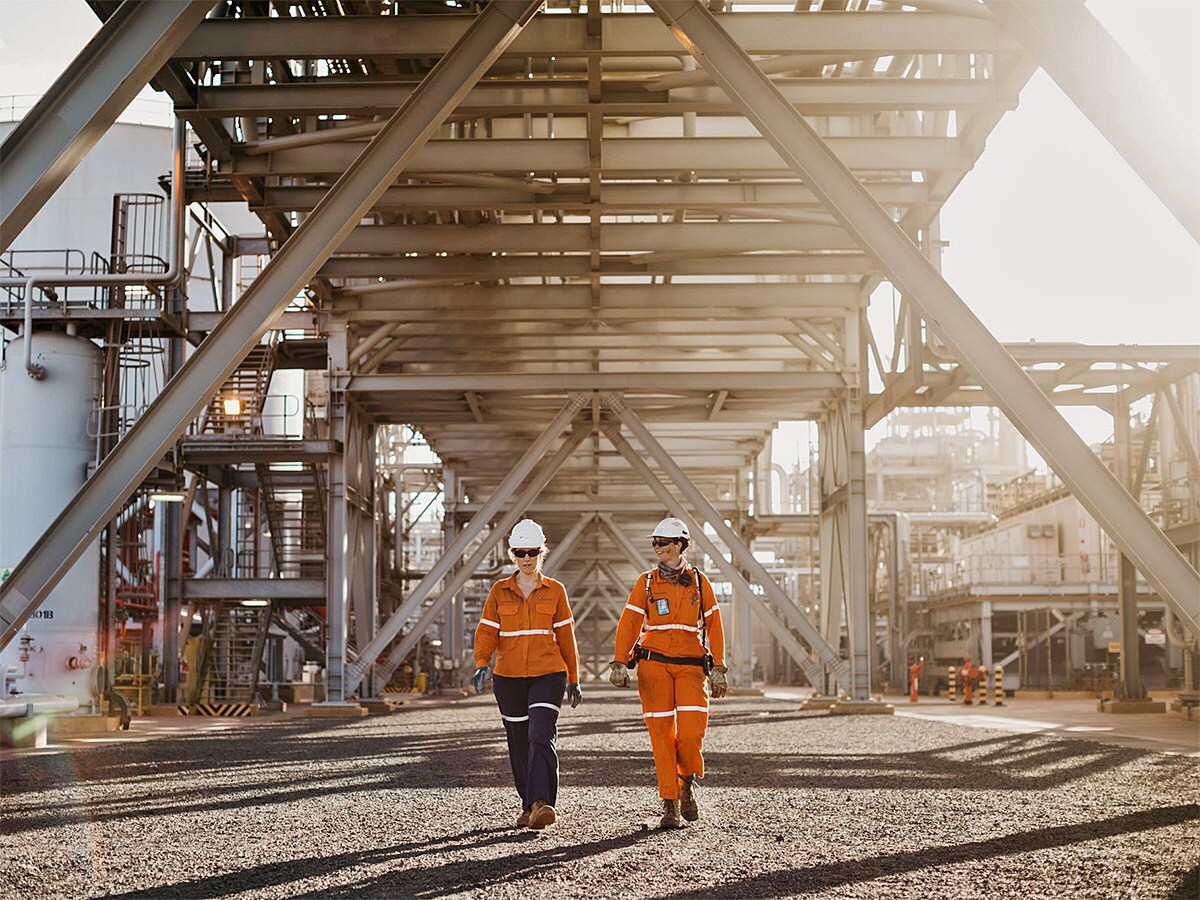Australian energy firm Woodside has recently undergone secondary listings with both the New York Stock Exchange and the London Stock Exchange in order to accommodate a merger with BHP Petroleum. However, recession fears have recently put some downward pressure on the price of oil, leading to a slight fall in the Woodside share price over the past few weeks.
Woodside [WDS.AX], a well-known oil and gas producer in Australia, has seen its share price soar over the past few months alongside the price of oil and gas. In the year to 11 July, its Australian-listed shares have soared 48.2%.
However, following its merger with BHP Petroleum [BHP], which was completed on 1 June, Woodside has been forced to undertake secondary listings on both the New York Stock Exchange and the London Stock Exchange to accommodate previous BHP shareholders. This is because BHP has been paid in Woodside shares, giving its shareholders a 48% stake in the merged group. Since the merger, WDS and WDS.L shares have dropped by 4.5% and 10%, respectively.
The merger between Woodside and BHP Petroleum
The recent merger between Woodside and BHP Petroleum was historic, as it created a top 10 global independent energy company by hydrocarbon production, and the largest energy company listed on the Australian Stock Exchange. According to KPMG, this deal was in the best interests of Woodside shareholders given that it was contributing 48% of the combined company yet would hold around 52% of the merged group.
Several other positives about the merger have been highlighted. For example, both companies estimate that it will lead to pre-tax synergies of $400m every year. It also means that Woodside has become the sole owner of the $5.7bn Scarborough gas field in Western Australia. With the price of petrol up over 40% so far this year, this is a good sign for the company.
The assets which Woodside are acquiring are also seen as good quality. For example, they carry no debt, thus strengthening Woodside’s balance sheet significantly. Further, the new Sangomar development in Senegal, which Woodside is also acquiring, is expected to produce around $2bn in free cash a year before taxes and overheads. On the other hand, Woodside is also acquiring some of BHP’s ageing assets, which may lead to significant closure liabilities.
Future risks for Woodside
Recession fears have weighed down the Woodside share price in recent weeks, as the price of Brent Crude fell from over $120 per barrel at the start of the month to $105. This has the potential to stop the momentum in oil stocks and cause a dip in profitability.
At the same time, Australia has recently voted in a new Labor government, who have promised to put climate change at the top of its agenda. This includes a pledge to make Australia a renewable superpower. As an oil and gas producer, this has the potential to negatively affect Woodside.
However, Woodside also has its own renewable energy plans, pledging an investment of $5bn into developing decarbonisation technologies and ramping up hydrogen generation. The CFO, Graham Tiver, also stated that the group was not concerned about the new Labor government, as it had been “very clear” with Woodside about its goals.
Lastly, the secondary listings in both the US and the UK have the potential to boost the Woodside share price. This is because the shares are now accessible to a far wider range of investors.
What’s next for the Woodside share price?
In the first quarter trading update, Woodside stated that it was optimistic about the future, saying that “we expect in the second quarter to see the continued benefit of stronger pricing, reflecting the oil price tag in many of our LNG contracts”.
Analysts are also moderately confident about the future of the group. For example, according to Wall Street Journal, the company has six ‘buy’ ratings, four ‘hold’ ratings and one ‘underweight' rating. The US-listed Woodside shares have a median price target of $24.05, implying an upside of 16.7% from its 11 June closing price.
Disclaimer Past performance is not a reliable indicator of future results.
CMC Markets is an execution-only service provider. The material (whether or not it states any opinions) is for general information purposes only, and does not take into account your personal circumstances or objectives. Nothing in this material is (or should be considered to be) financial, investment or other advice on which reliance should be placed. No opinion given in the material constitutes a recommendation by CMC Markets or the author that any particular investment, security, transaction or investment strategy is suitable for any specific person.
The material has not been prepared in accordance with legal requirements designed to promote the independence of investment research. Although we are not specifically prevented from dealing before providing this material, we do not seek to take advantage of the material prior to its dissemination.
CMC Markets does not endorse or offer opinion on the trading strategies used by the author. Their trading strategies do not guarantee any return and CMC Markets shall not be held responsible for any loss that you may incur, either directly or indirectly, arising from any investment based on any information contained herein.
*Tax treatment depends on individual circumstances and can change or may differ in a jurisdiction other than the UK.
Continue reading for FREE
- Includes free newsletter updates, unsubscribe anytime. Privacy policy





